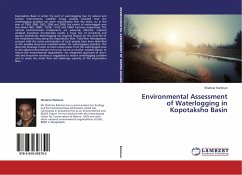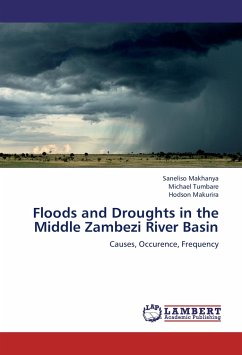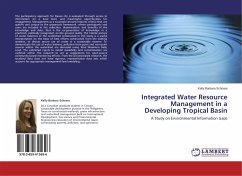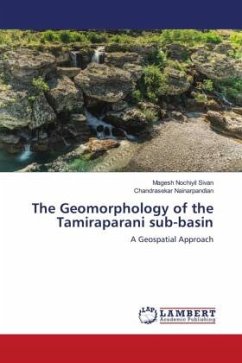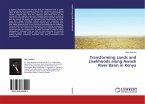Kopotaksho Basin is under the peril of waterlogging due to natural and human interventions. Satellite image analysis revealed that the waterlogging problem has been exacerbating over the years, as, in the year of 1999, 2000, 2003, 2006 and 2008, the extent of waterlogged area was about 865, 12867, 12238, 11723 and 19467 hectares respectively. The natural environmental components are adversely affected, reduced wetland ecosystem functionality results a huge loss of terrestrial and aquatic biodiversity. Waterlogging has negative impacts on the social life of the inhabitants living along the Kopotaksho River. Tidal River Management concept with the active participation of local people have been identified as the possible long-term remedial option for waterlogging problem. The alternate drainage routes to drain excess water from the waterlogged area to the adjacent downstream rivers was found as another suitable option to reduce the environmental degradation. An integrated approach of short, mid and long-term solutions is suggested to reduce waterlogging problem and to revive the water flow and discharge capacity of the Kopotaksho River.
Bitte wählen Sie Ihr Anliegen aus.
Rechnungen
Retourenschein anfordern
Bestellstatus
Storno

